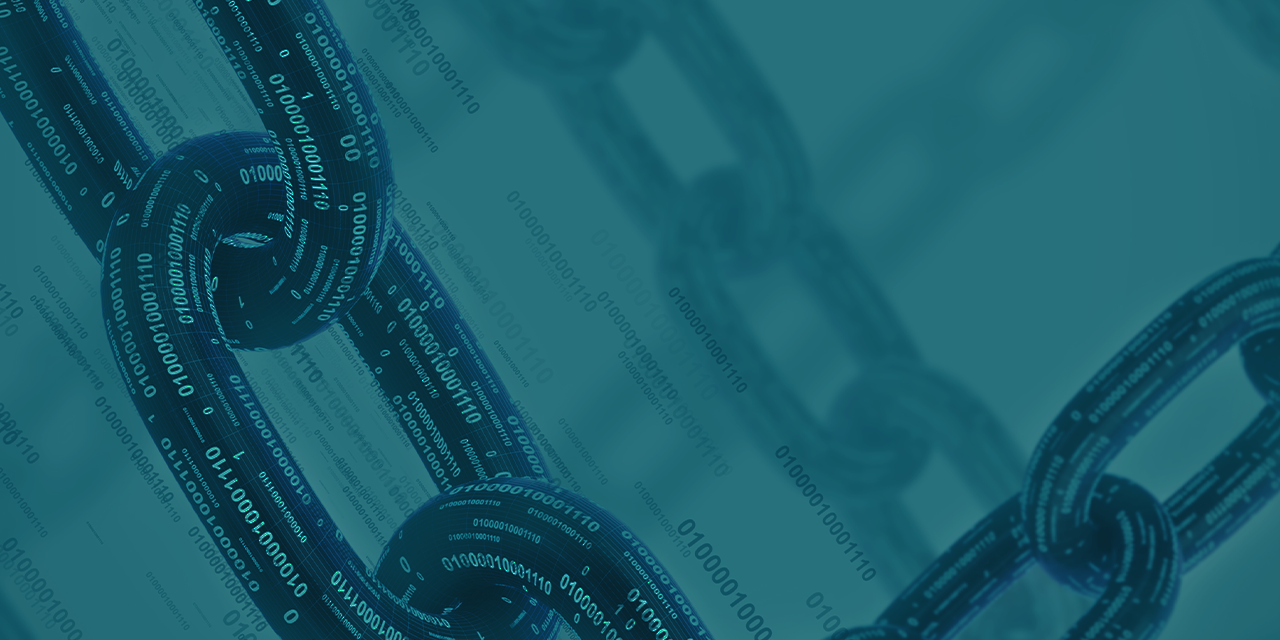Despite its name, cyber deception isn’t a hacker’s tool — it’s a strategic defense used to mislead and deter threat actors. This technique strengthens security posture and reduces risk by diverting attackers away from critical assets. With wide-ranging applications and customizable strategies, cyber deception is flexible enough to integrate seamlessly into your company’s existing workflows.
What Is Cyber Deception, and Why Does It Matter?
Cyber deception is a proactive security strategy designed to fool criminals and disrupt their tactics. Defenders create the illusion of a successful breach by deploying deceptive infrastructure like false assets, decoy systems and fraudulent indicators. This carefully constructed trap confuses intruders and ultimately derails their attack strategy.
Cyber deception is even more powerful when paired with other defensive techniques. Alerts let analysts detect and respond to potential threats, enabling them to observe, investigate and isolate malicious activity. While traditional tools build barriers around virtual environments, deception is a rare opportunity for defenders to engage directly with attackers.
This interaction yields critical insights into attacker behavior, tactics and intent. Such data strengthens intrusion detection systems, refines access controls and informs resilient business continuity plans. Over time, deception environments become a rich source of threat intelligence, revealing motivations and strategies that would otherwise remain hidden.
What Are Strategies for Implementing It?
Here are some of the most accessible, impactful ways to establish cyber deception in your organization.
Honeypots
Technologies like supervisory control and data acquisition systems and sensor-based devices like the Internet of Things are crucial for maintaining manufacturing operations without disruption. Teams can create false interfaces replicating the company’s SCADA or IoT equipment and software.
These honeypots lure attackers into a simulated breach. Believing they’ve successfully gained access, hackers reveal their tactics and intentions. This information gives IT analysts a rare opportunity to observe how threat actors attempt to manipulate industrial controls, so they can design targeted defenses that prevent future disruptions.
Decoy Files and Data
False data is another valuable asset. These documents can have convincing names and content, resembling business-critical documents like contracts or blueprints.
Subtlety entices attackers into attempting to edit, encrypt or delete the files. Each action helps defenders understand how threat actors target sensitive information and personnel. Teams can also create bogus email accounts to monitor phishing and spam activity, especially since phishing has historically accounted for up to 90% of breaches. These tactics offer insight into attacker behavior and shape more effective security protocols.
Fake Credentials
Planting false credentials on select machines is another way to trick attackers into believing they’ve uncovered legitimate access standards. These setups allow analysts to monitor how often unauthorized access attempts occur and whether they involve stolen or algorithmically generated login data.
Around 74% of professionals emphasize the importance of tracking cybersecurity performance indicators, and cyber deception expands the opportunities to do so. IT analysts can track threat actors’ activities while continually measuring CPIs, using automation tools to prevent hackers from unexpectedly moving laterally across attack vectors.
Network Traffic Diversion
Malicious-looking package requests increasingly target cloud and on-site networks. CAPTCHA attacks have risen by 1,450% within the past year. While many protocols block automated entry, advanced tactics like network traffic diversion silently reroute suspicious traffic away from critical infrastructure.
While hackers believe they’ve bypassed defenses, their activity occurs in a controlled safe zone away from live systems. This tactic protects essential assets and enables threat analysis without tipping off the intruder.
The Value of Deception
Hackers often deceive their victims, and cyber deception can be an effective way to fight back. These agile, versatile methods can supplement any cybersecurity strategy, especially for enterprises with little information about what threats they’re most likely to encounter.
Analyzing attack attempts within controlled deception environments often yields more actionable insights than traditional defensive strategies. Cyber deception transforms reactivity into proactive intelligence, empowering teams to anticipate, adapt and outmaneuver evolving threats.
Interested in reading more articles like this? Subscribe to the ISAGCA blog and receive regular emails with links to thought leadership, research and other insights from the OT cybersecurity community.




